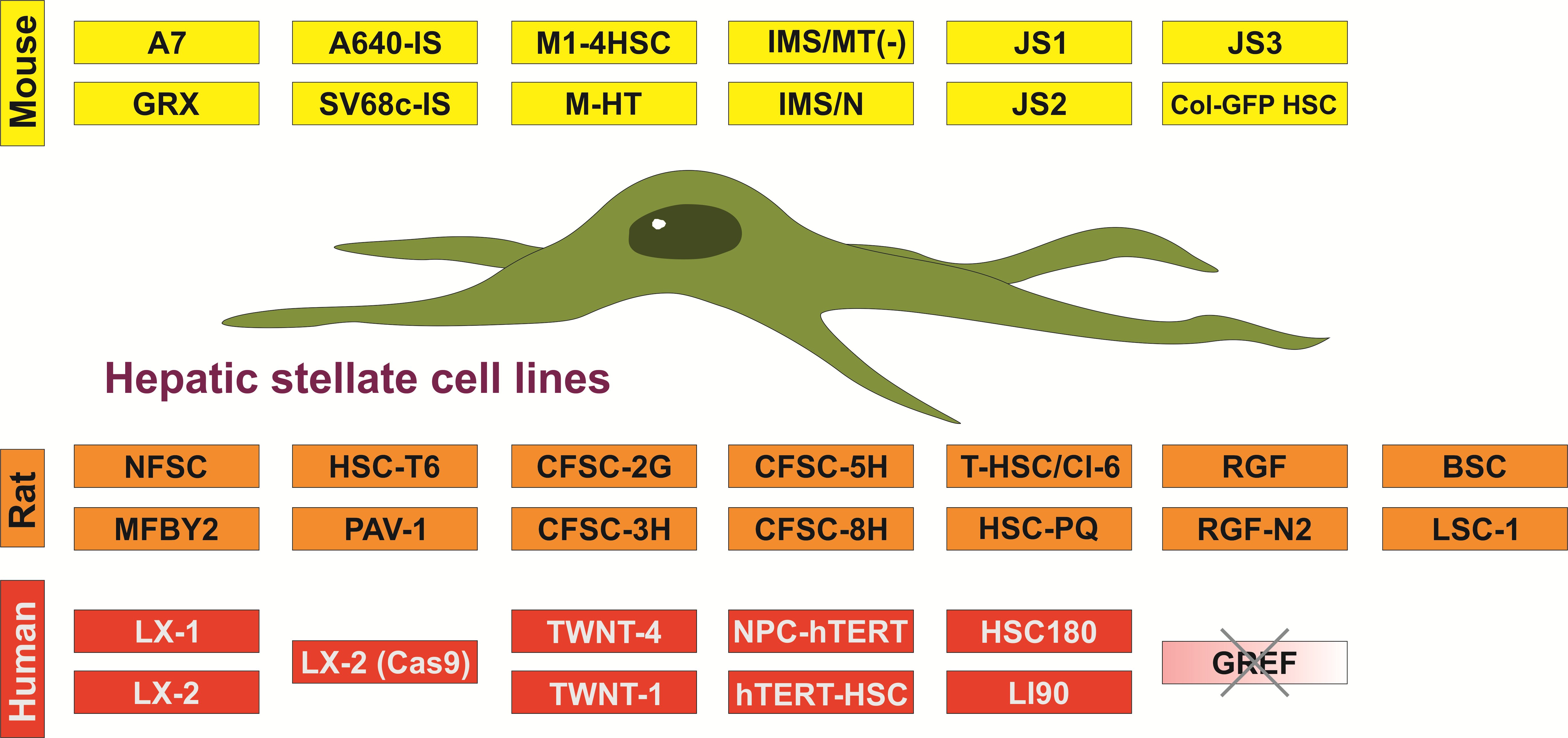Found 1 results
Open Access
Communication
21 March 2023Established Hepatic Stellate Cell Lines in Hepatology Research
Hepatic stellate cells comprise a minor cell population in the liver, playing a key role in the pathogenesis of hepatic fibrosis. In chronic liver damage, these cells undergo a transition from a quiescent to a highly proliferative phenotype with the capacity to synthesize large quantities of extracellular matrix compounds such as collagens. Because of their pivotal role in liver disease pathogenesis, this hepatic cell population has become the focus of liver research for many years. However, the isolation of these cells is time consuming and requires the trained laboratory personnel. In addition, working with primary cells requires the following of ethical and legal standards and potentially needs the approval from respective authorities. Therefore, continuous growing hepatic stellate cells have become very popular in research laboratories because they are widely available and easy to handle, and allow a continuous supply of materials, and further reduction of lab animal use in biomedical research. This communication provides some general information about immortalized hepatic stellate cell lines from mouse, rats and humans.
